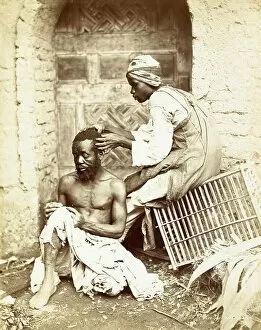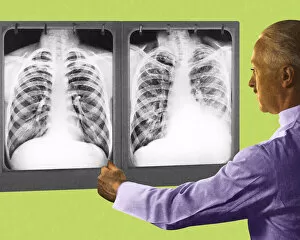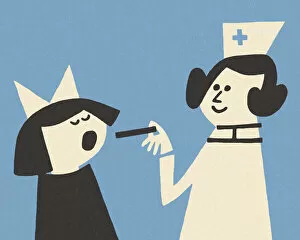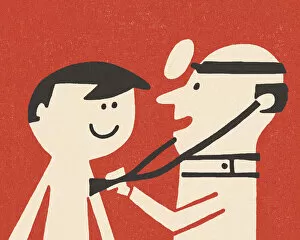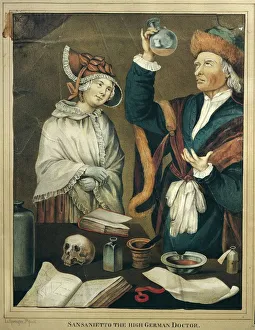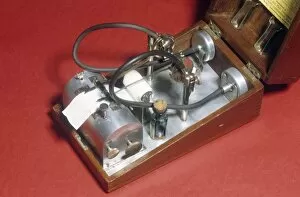Diagnose Collection
"Unveiling the Past: A Glimpse into Medical Diagnoses Throughout History" At the emigrant station in Ruhleben, Germany
All Professionally Made to Order for Quick Shipping
"Unveiling the Past: A Glimpse into Medical Diagnoses Throughout History" At the emigrant station in Ruhleben, Germany, Auswandererbahnhof Ruhleben served as a crucial transit and control point for hopeful emigrants on the Berlin-Hamburg railway between 1891 and 1914. Witnessing compassion in action, a historic photograph captures the caring nature of medical professionals at a main ambulance station in Berlin, Germany, circa 1895. The International Hygiene Exhibition held in Dresden during 1911 showcased groundbreaking advancements like the Imperial Cancer Research Fund's exhibition featuring laboratory samples and diagrams by Martin Herzfeld. Delving into history's peculiar practices, an intriguing image from c. 1870 India reveals a man meticulously hunting for fleas and vermin while examining another person's hair – an age-old concern. Peering through two chest X-rays with precision, a medical professional analyzes intricate details to unlock vital clues towards accurate diagnoses. Ensuring children's well-being is paramount; here we see a young girl receiving thorough checkup from a nurse - promoting early detection of potential health issues. A boy eagerly awaits his turn for examination by a doctor - highlighting the importance of regular checkups to maintain optimal health throughout childhood. In times gone by, doctors relied on remedies like Lactopeptine to alleviate indigestion and dyspepsia - showcasing historical approaches to treating common ailments. Celebrating Elias van Nijmegen's contributions to medicine (1667-1755), this Dutch physician left an indelible mark on diagnosing illnesses through meticulous observation and analysis. Exploring ancient diagnostic techniques further unveils how doctors once examined patients' urine as part of their comprehensive assessment process - shedding light on centuries-old practices that shaped modern medicine. 11 & Stepping back in time, we encounter two intriguing medical instruments.



